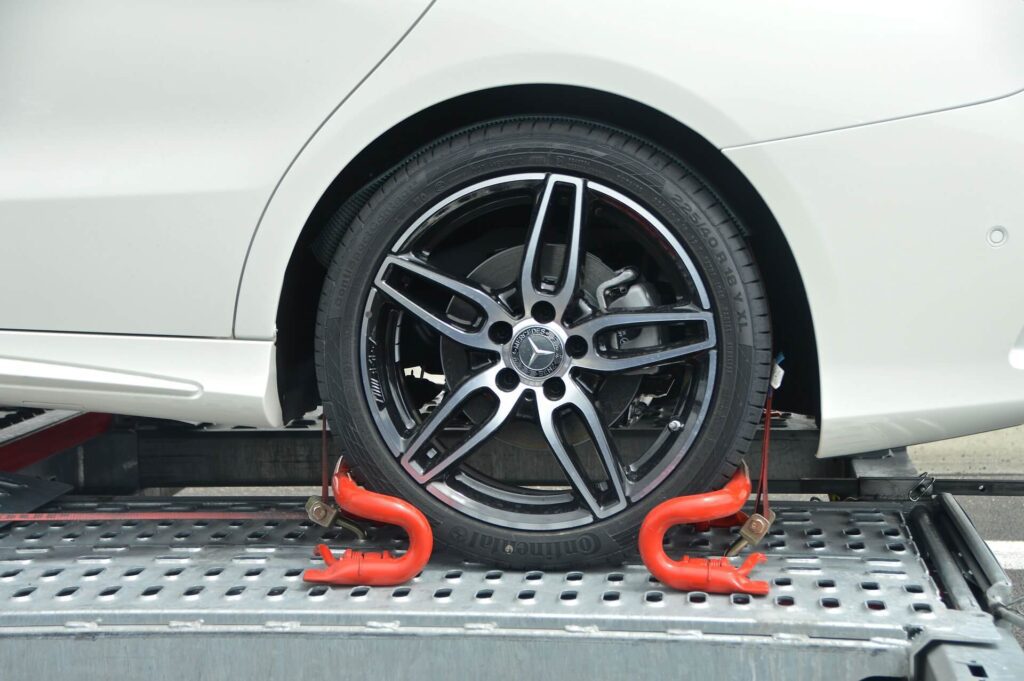Deregistering or Re-registering a Vehicle in Spain:
A Comprehensive Guide
If you own a vehicle in Spain and need to deregister (“baja”) or re-register (“rehabilitación” or “alta”) it, understanding the procedures can save you time, money, and potential headaches. Here’s a simple, down-to-earth guide to help you navigate the process, including the different types of registrations and deregistrations (“altas” and “bajas”) and what you need to know about rehabilitating a vehicle.
If you would like us to do the process for you, contact us at info@simpleenglishadvice.com
Understanding the Basics
- Alta: This refers to the process of re-registering a vehicle that was previously temporarily deregistered.
- Baja: This is the process of deregistering a vehicle. It can be temporary or permanent.
- Rehabilitación: This refers to bringing a vehicle back onto the registry after it has been deregistered, typically when it was previously in a “baja definitiva” state.
Each process has its own requirements and steps, depending on the vehicle’s status and your intentions.
Deregistering a Vehicle (Baja)
There are two main types of deregistration:
- Temporary Deregistration (Baja Temporal)
- Permanent Deregistration (Baja Definitiva)
Temporary Deregistration (Baja Temporal)
Similar to the UK’s S.O.R.N (Statutory Off Road Notification).
You might opt for a temporary deregistration if:
- You’re leaving Spain for an extended period and won’t use the vehicle.
- The vehicle is being stored or repaired for a long time.
A temporary deregistration lasts for a maximum of a year. Before it ends, you can request an extension for another year. There is no limit to the amount of extensions you can get.
You cannot drive the vehicle while it is deregistered.
Steps for Baja Temporal:
- Prepare Your Documents:
- Vehicle registration certificate (“permiso de circulación”).
- Technical inspection card (“ficha técnica”).
- Your identification (residency card or passport and NIE).
- Visit the Traffic Office (DGT – Dirección General de Tráfico):
- Submit a “Solicitud de Baja Temporal.”
- Pay the processing fee.
- Receive Confirmation:
- You’ll receive a certificate confirming the temporary deregistration.
Permanent Deregistration (Baja Definitiva)
You’ll need this for:
- Scrapping your vehicle.
- Exporting it permanently outside Spain.
Steps for Baja Definitiva:
- Take the Vehicle to an Authorized Scrapyard (CAT – Centro Autorizado de Tratamiento):
- The scrapyard will handle the deregistration for you.
- Provide the vehicle registration and technical inspection documents.
- You’ll receive a certificate of destruction (“certificado de destrucción”) and confirmation of deregistration.
- Exporting the Vehicle:
- If you’re exporting, provide proof of export and follow similar steps at the DGT.
- Submit the “Solicitud de Baja Definitiva por Traslado a Otro País.”

Re-registering a Vehicle (Alta)
Re-registering a vehicle involves restoring it to the registry after a temporary deregistration. After re-registration, you must make sure the ITV is up to date and that the road tax has been paid for the current year.
Rehabilitating a Deregistered Vehicle (Rehabilitación)
If your vehicle was permanently deregistered (“baja definitiva”), you may still bring it back onto the registry under certain circumstances.
Steps for Rehabilitación:
- Verify Eligibility:
- The vehicle must be roadworthy (verified through ITV).
- You must provide proof of ownership and explain why the vehicle is being reactivated.
- Submit a Rehabilitación Request:
- Complete the “Solicitud de Rehabilitación.”
- Provide the vehicle’s previous documentation (if available).
- Pay the corresponding fees.
- Inspect and Register:
- Pass an ITV inspection.
- Register the vehicle with the DGT, obtaining new plates if needed.
Key Tips and Considerations
- Plan Ahead: Ensure all documents are up-to-date and in order before visiting the DGT or ITV centres.
- Stay Informed: Check the DGT’s website (www.dgt.es) for the latest fees and requirements.
- Professional Help: Consider hiring us if you’re not fluent in Spanish.
- Keep Copies: Always keep copies of all submitted documents and receipts.
By following these steps and understanding the requirements, you can confidently navigate the process of deregistering or re-registering a vehicle in Spain. For detailed information or updates, always refer to the official DGT website or consult with professionals familiar with Spanish vehicle regulations.
Contact us if you want us to do an alta or baja for you, or check out our other services.
